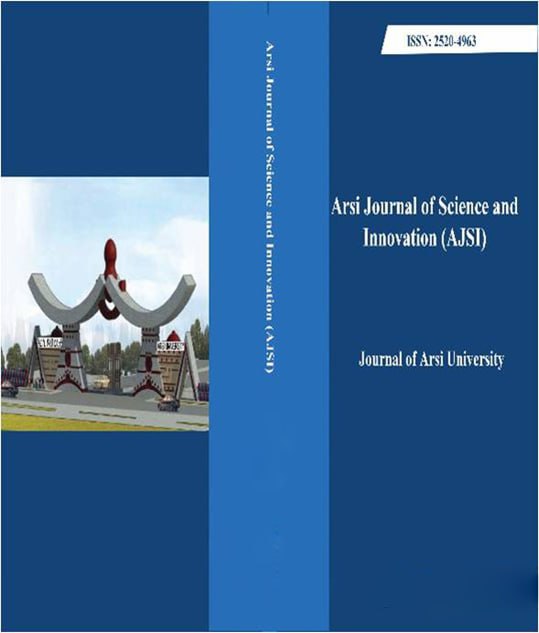Effects of Using the New Row Seeding Technology on Wheat Production as Compared to Broadcasting Sowing Method of Smallholder Farmers at Eight Districts of Arsi Zone
DOI:
https://doi.org/10.20372/4vca-3s47Abstract
Seed sowing techniques play an important role in the placement of seed at proper depth and spacing, which ultimately affect the crop growth and its yield performance. The selection of suitable sowing methods for wheat
production is dependent upon the time of planting, soil types, accessibility and affordability of sowing machine. Therefore, the current study was conducted during 2019/20 at eight selected districts of Arsi zone to find out
and investigate the effects of different sowing techniques on yield and yield components of Wheat (Triticum aestivum L.) on fields of Smallholder Farmers as Compared to Broadcasting Sowing Method. A field experiment was consisted of three sowing techniques (Bereken Maresha + full ART set, only ART leveling board + traditional Maresha and broadcasting sowing method). The treatments were laid out in randomized complete block design with eight replications. The usage of full ART plus Bereken Maresha for sowing showed highly significant (p<0.01) effect on grain yield. The maximum grain yield of wheat was obtained from sowing seeds by using full ART + Bareken Maresha as compare and broadcasting sowing methods. The yield increment recorded by Bareken Maresha plus Full ART set and levelling board plus traditional Maresha was enhanced by 25.37% and 18.34%, respectively per meter square than broadcasting sowing method. Therefore, this study recommends carrying out further additional agronomic research over location and time in order to raise wheat yield for the successful promotion and adoption.
Downloads
Downloads
Published
Issue
Section
License

This work is licensed under a Creative Commons Attribution-NonCommercial 4.0 International License.
